Rising Urbanization
The increasing trend of urbanization appears to be a pivotal driver for the Express Buses Market. As more individuals migrate to urban areas, the demand for efficient public transportation solutions intensifies. In many regions, urban populations are projected to grow significantly, leading to heightened congestion and a pressing need for reliable transit options. Express buses, with their ability to navigate through traffic and provide direct routes, are likely to become a preferred choice for commuters. This shift not only alleviates road congestion but also promotes environmental sustainability by reducing the number of individual vehicles on the road. Consequently, the Express Buses Market is poised to benefit from this urban migration, as cities invest in expanding and enhancing their bus networks to accommodate the growing population.
Technological Advancements
Technological advancements are transforming the Express Buses Market in profound ways. Innovations such as real-time tracking systems, contactless payment solutions, and enhanced safety features are becoming increasingly prevalent. These technologies not only improve the overall passenger experience but also streamline operations for bus operators. For example, the integration of GPS technology allows for more efficient route planning and scheduling, which can lead to reduced travel times and increased ridership. Furthermore, the rise of electric and hybrid buses is indicative of a shift towards more sustainable transportation options. As these technologies continue to evolve, they are likely to attract more commuters to the Express Buses Market, thereby fostering growth and enhancing service quality.
Changing Consumer Preferences
Changing consumer preferences are reshaping the landscape of the Express Buses Market. As urban dwellers seek more convenient and cost-effective transportation options, express buses are increasingly viewed as an attractive alternative to personal vehicles and traditional public transport. The flexibility and efficiency of express bus services cater to the needs of modern commuters, who prioritize time savings and comfort. Additionally, the rise of remote work and flexible schedules may influence travel patterns, leading to increased demand for express bus services during off-peak hours. This evolving consumer behavior suggests that the Express Buses Market must adapt to meet the diverse needs of its clientele, potentially leading to innovations in service offerings and operational strategies.
Government Initiatives and Funding
Government initiatives and funding play a crucial role in shaping the Express Buses Market. Many governments are increasingly recognizing the importance of public transportation in reducing traffic congestion and lowering carbon emissions. As a result, they are allocating substantial budgets to improve and expand bus services. For instance, various countries have introduced grants and subsidies aimed at enhancing public transport infrastructure, which includes the procurement of new express buses. This financial support not only facilitates the growth of the Express Buses Market but also encourages the adoption of eco-friendly technologies in bus manufacturing. The commitment of governments to invest in public transport systems indicates a promising future for the express bus sector, as it aligns with broader sustainability goals.
Environmental Concerns and Sustainability
Environmental concerns and sustainability initiatives are driving significant changes within the Express Buses Market. As awareness of climate change and pollution grows, there is an increasing demand for greener transportation alternatives. Express buses, particularly those powered by alternative fuels or electric engines, are seen as a viable solution to reduce the carbon footprint associated with traditional vehicles. Many cities are implementing policies that promote the use of public transport as a means to achieve sustainability targets. This shift not only benefits the environment but also enhances the appeal of express bus services to eco-conscious consumers. Consequently, the Express Buses Market is likely to experience growth as it aligns with the global push towards sustainable urban mobility.



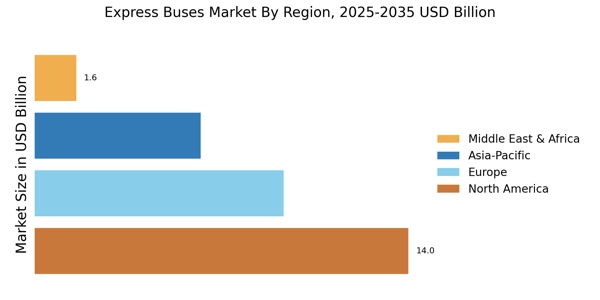

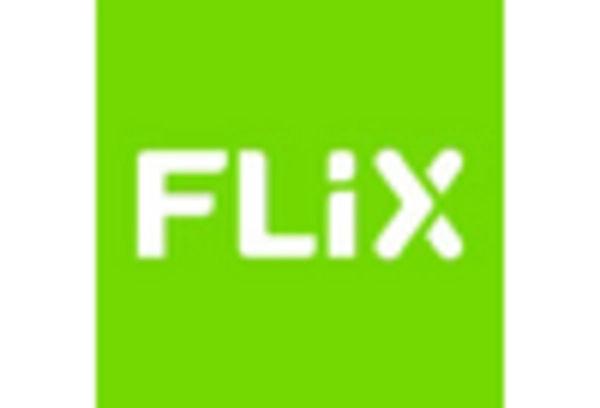
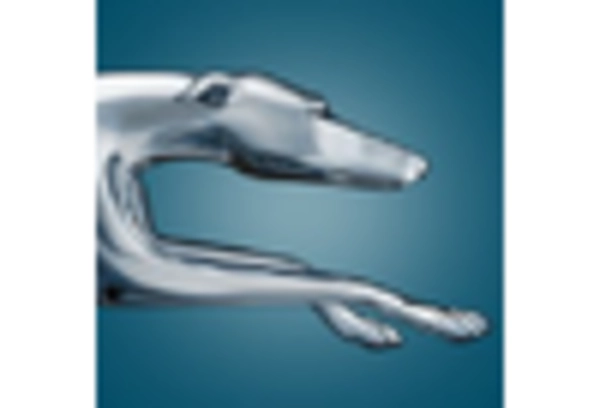
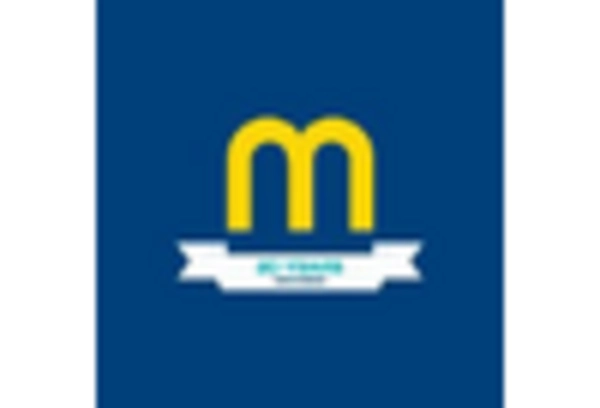
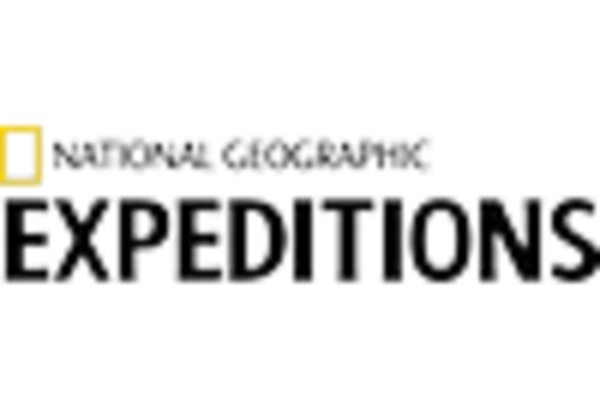
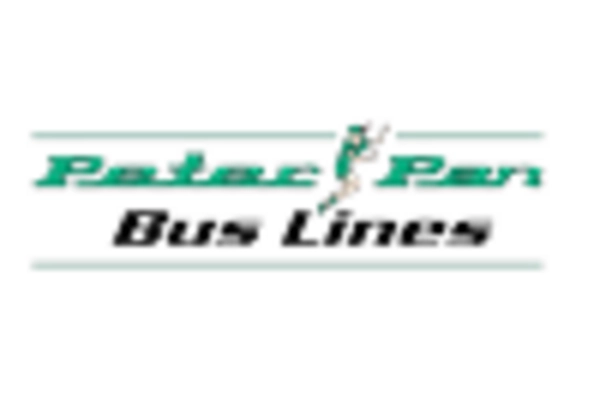








Leave a Comment